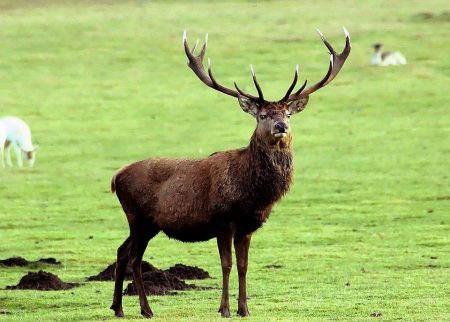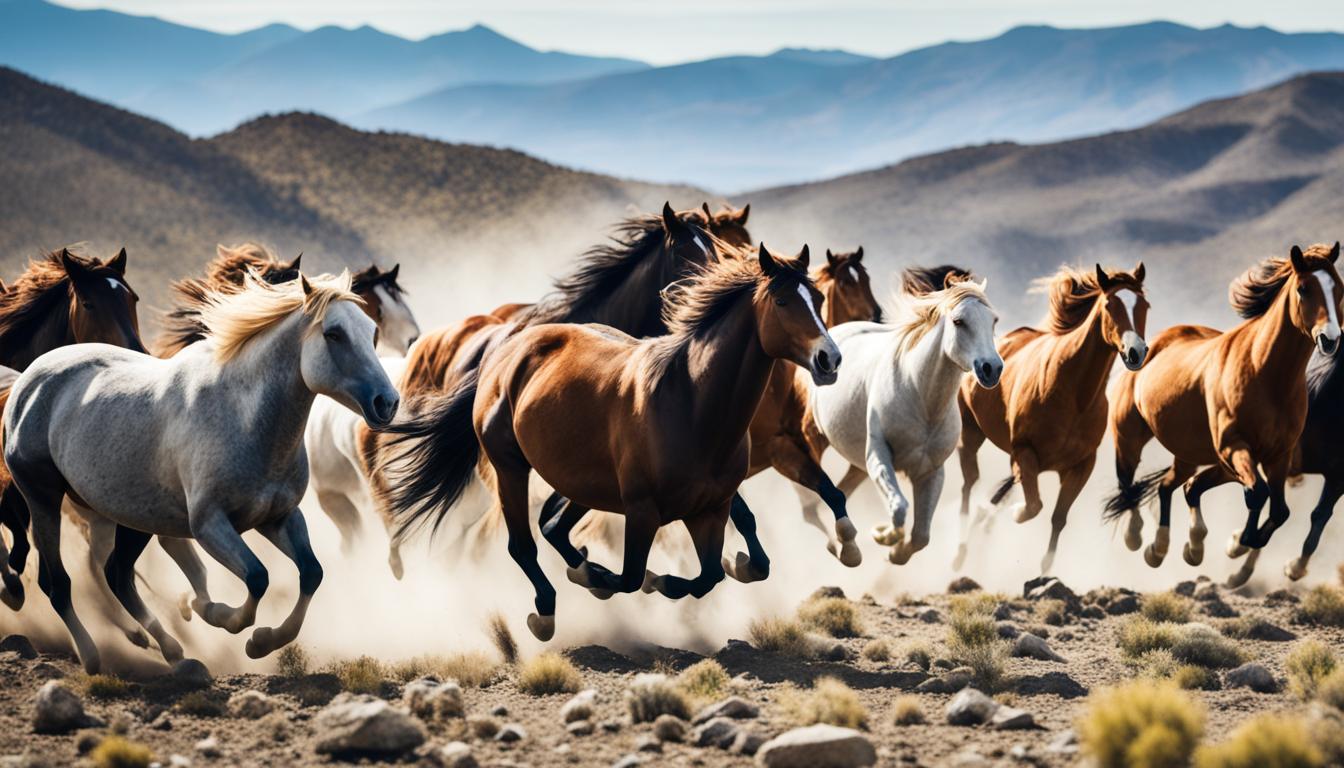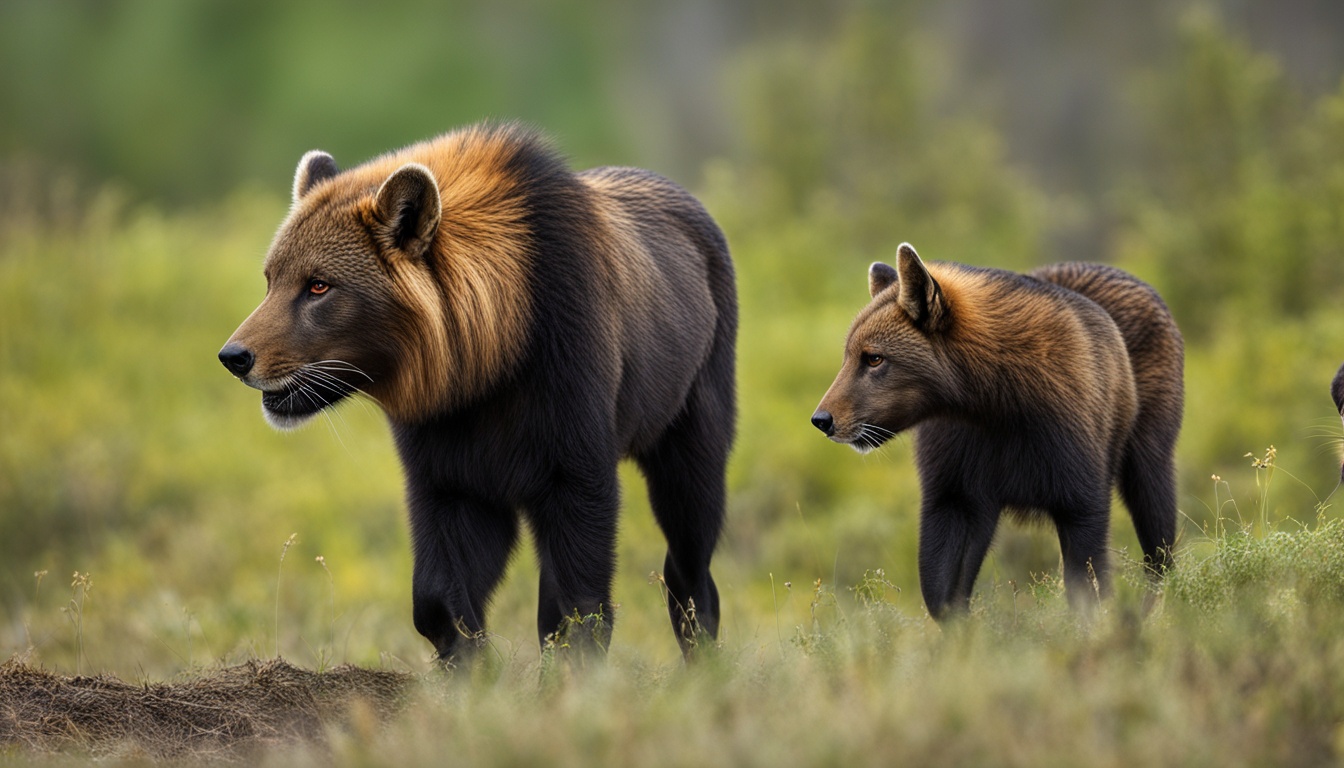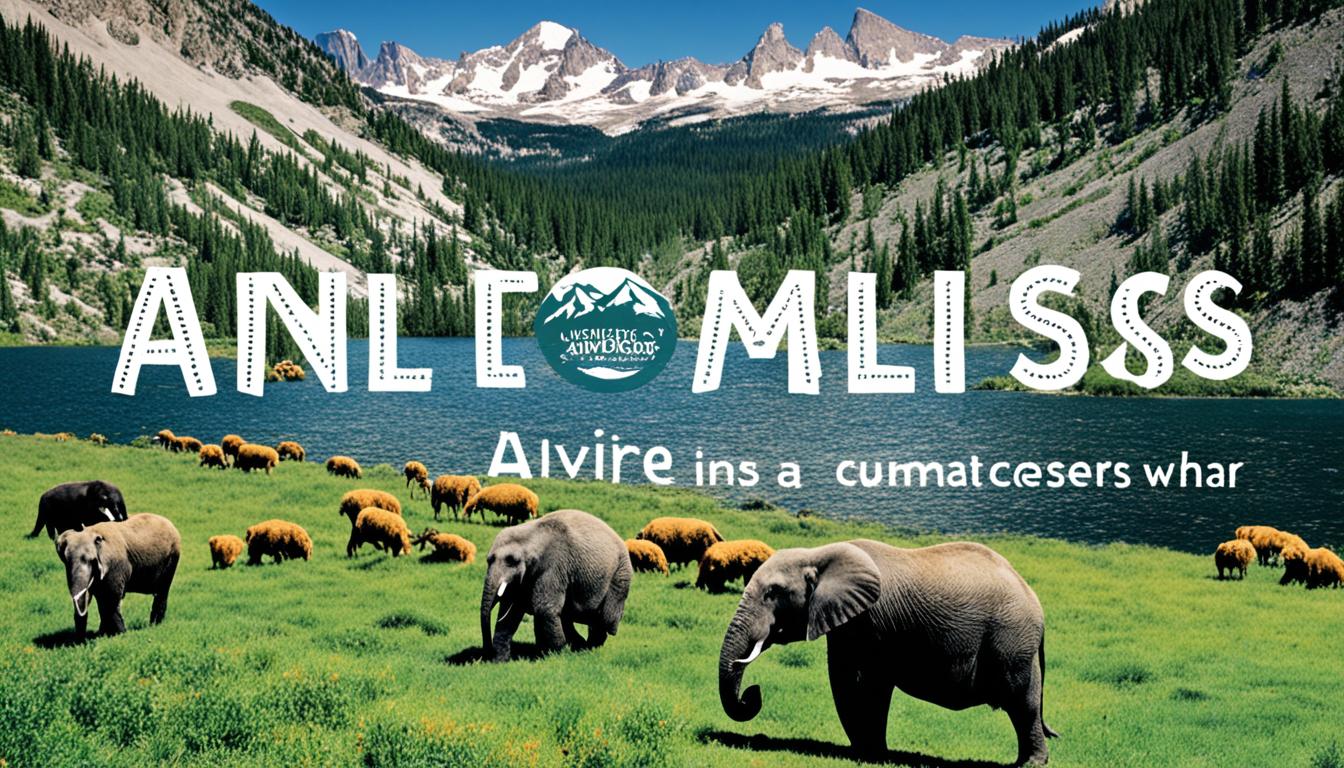Will a deer hurt my dog?
It’s not typical to think of deer as violent animals, but during the rutting season, it’s not unheard of for a buck to attack a family pet dog that comes a little too near to him.
Cats and dogs can get catastrophic injuries from bucks, therefore it is important to be aware of the situations in which your pet is most likely to be injured.
There are numerous reasons why dogs and deer are perpetually at odds with one another. The time of year is the primary motivating factor.
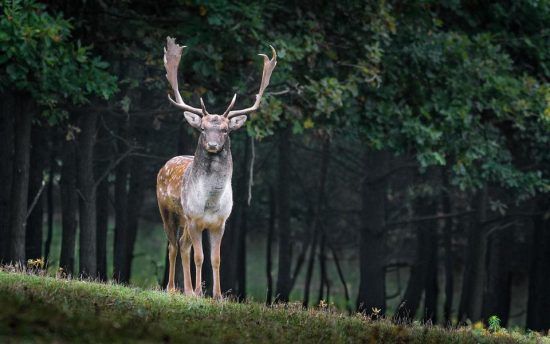
In The Winter
It’s likely that winter is the harshest time of year for deer, and that’s when the vast majority of them will die. It is stressful not only for deer but for other animals as well, which in turn leads to conflict between humans and deer.
The temperatures get lower and there are fewer food sources available during the winter. If deer are forced to live in close proximity to human habitation, they will resort to any means necessary to ensure their own survival. The act of climbing over fences is quite common, and if you keep dogs on your property, an altercation between the two will invariably take place. If so then try and at least have a deer fence between them to avoid dog conflicts.
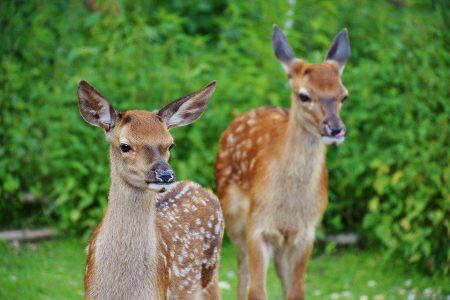
It’s not a good idea for dogs to chase deer in the winter, as it can have serious consequences that could even end in death. It’s possible that the extra energy used from the deer’s fat reserves could mean the difference between life and death for the animal. It’s possible that an aggressive deer will decide to fight rather than flee, in which case it will go after your dog rather than run away. In this case, a small dog can be at a big disadvantage especially if your dog has an aggressive behavior
In Spring
Fawns are born to do during the springtime when deer give birth to their young. A newborn fawn is a delicate small animal, and its short, stubby legs make it difficult for them to walk on snow. There are times when you might see a fawn without the mother being present. But this is not an encouragement for you to come closer to the fawn. These young animals can be very afraid of human interaction so the best thing is to try and avoid this.
When a doe feels a threat in the air, it hides its young, but if you or your dog uncover the fawn, know the mother is never far behind. It might be better if you move away to avoid a deer and dog clash.
The best chance for a fawn to survive winter is with the mother. Any stress that may lead to the mother not surviving will also risk the fawn’s survival and should be avoided at all costs.
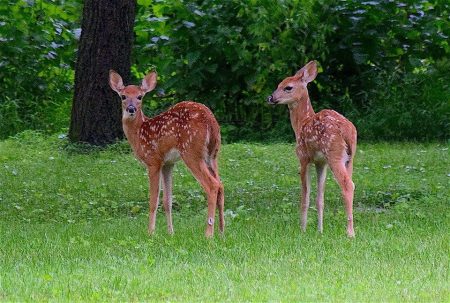
The Rut Season
The mating season is like a party season as testosterone hangs wild in the air. It is the period that is also known as the mating season, and bucks are generally aggressive at this time. You do not want your dog confronting a mature deer displaying fully-grown antlers.
Bucks during the rut are up for any battle, even dogs and other animals. Male deer get hostile on the slightest whim. The rut starts in October and lasts through November. At this time, there is limited daylight, which triggers the release of testosterone in bucks. It is also when bucks have a strong libido and are continually in a contest with other bucks. It is advisable to keep your dog away.
How do I protect my dog from deer?
Pet owners should always have to make sure their dog is secured with a leash. In the event that you come across a deer, you should quickly cut the leash shorter in order to keep your dog close to you on the other side of the animal. If you can, try to get it to stop barking. Proceed in the other direction of the deer to get away from it.
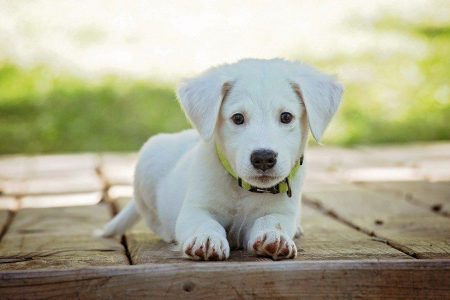
Are deer aggressive towards dogs?
Deer are attractive elegant animals that are scavengers but not always hunters. In general, they are not the type of people that choose fights or hunt for problems, but if they perceive that they are in danger, they will resort to violence. When dog owners find out that their pets have been attacked by deer, they may be taken aback.
Why Do Dogs Attack Deer?
There are several reasons why dogs attack deer. One reason is that they are natural predators. Dogs are attracted to deer because they see them as prey. Another reason is that dogs may be acting on instinct when they see a deer. They may also be trying to protect their territory or their pack. Finally, some dogs may simply be aggressive by nature and attack any animal they see, including deer. Also if a deer jumps into people’s own backyards then this could end up in a dog attack on the deer or a dog chase in which your dog can get hurt so remember to set up a deer fence to avoid this.
Do Deer Attack Animals?
Beautiful and elegant, deer are omnivores who forage for food but are not always considered to be hunters. In general, they are not the type of wild animals that pick fights or hunt for problems, but when they feel threatened, they will defend themselves aggressively. Dogs can be attacked by deer, and pet owners might be astonished to learn of the possibility. So it is important to keep a leash on your dog if you are out walking in parks or in wooded areas where you know there are wildlife animals like deer or even bigger animals that can harm your dog like a black bear or a mountain lion.

Are Deer Friendly to Humans?
Due to the fact that deer are wild animals, their natural instinct is to avoid interacting with humans. Bucks (male deer) and does (female deer) are known to be territorial, especially during the breeding season, and can become vicious toward any trespassers if they feel threatened in their territory and they can go into defense mode.
Will a deer attack?
There have been multiple instances where deer have been reported to attack humans. During mating season, when deer feel threatened or are backed into a corner, or when they are protecting their young, attacks are most likely to occur. Other times when deer may resort to violence include: Although deer tend to avoid conflict, they will fight back if they feel threatened or if they need to protect their young.
Are deer friendly to dogs?
There aren’t many instances in which dogs and deer get along well. The majority of the time, dogs end up racing after the deer, which causes unnecessary stress for the wild creatures involved. The evolutionary instincts of dogs begin to kick in as soon as they come into close proximity to deer, and as soon as deer catch a glimpse of dogs, they begin to flee.
Can a deer bite you?
Although deer seldom bite people, there have been documented cases of them doing so when they perceived the victim to be in a potentially harmful situation. Bites from deer can be quite painful since the animal has a tendency to clamp down after biting and does not easily release its grip, but normally it’s not serious injuries. When deer become violent, it is common practice for them to do harm to both humans and property.
Do deer eat dogs?
When dog owners find out that their pets have been attacked by deer, they may be taken aback. It’s not that the deer want to eat the dogs; rather, they fear for the safety of their young, which are called fawns and are born in the middle of the spring season.
How fast is a deer able to run?
Additionally, deer are able to jump over fences and other barriers that are seven feet in height, and even higher if they are moving at a rapid pace. If they are running at maximum speed, they are capable of covering a distance of up to 30 feet horizontally in a single bound if danger is nearby.
Is it true that deer are faster than dogs?
On average, dogs can’t outrun deer. This is due to the fact that the typical speed of a deer is 43 miles per hour, but the top speed that most canines are capable of is 31 miles per hour.
Are deer smart?
It turns out that deer are more intelligent than most people give them credit for being. When the weather becomes cold, they rapidly learn where the easiest sources of food are and where to get them.
Where do deer go when it starts to rain?
The vast majority of deer, when confronted with a severe downpour, would seek shelter beneath the forest canopies; nevertheless, mule deer are located in areas where these types of woods are sparse. When it starts to rain heavily, mule deer will go for any kind of shelter they can get their hands on, and they will typically try to take cover behind whatever loose leaf they can locate.
What are the most active months for deer?
It shouldn’t come as much of a surprise that deer choose to graze throughout the months of April through September, which are the months in which there is the greatest quantity of available foliage over much of the country. Deer have the opportunity to graze on fields of soybeans, alfalfa, and many other greens throughout these months.
How do deer sound when they are attacked?
The sound of groaning or bawling can be heard coming from a deer that is being attacked by a predator. The sound was described as blowing by a few of the hunters. It does this by forcefully exhaling air through its nostrils, which results in a blowing sound. There is a possibility that it sounds similar to snorting, but the pitch is different.
Conclusion:
If you are entering any parks then make sure that you talk to the local wildlife experts or wildlife managers so they can explain the rules and give additional guidance on rules the easiest way to bring your dog. This will also help you to avoid some of the hefty fines that you can get if you end up disturbing the deer population.

